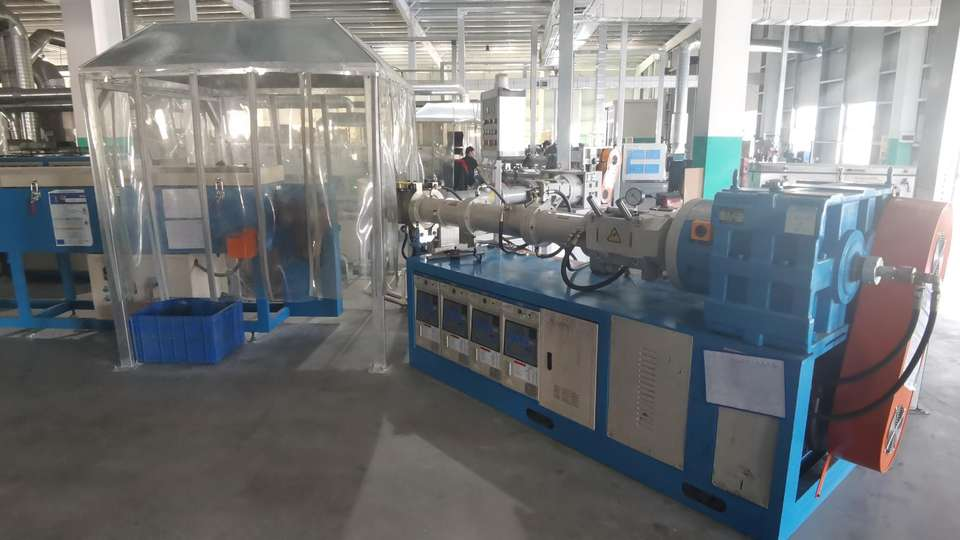Effective Solutions for Sealing Bottom Door Gaps to Enhance Insulation and Energy Efficiency
Understanding Bottom Door Gap Seals Importance, Types, and Benefits
A well-sealed door is essential for maintaining comfort, energy efficiency, and security in residential and commercial buildings. One often-overlooked component that significantly contributes to this goal is the bottom door gap seal. This article will explore what bottom door gap seals are, the different types available, their benefits, and considerations for installation.
What is a Bottom Door Gap Seal?
A bottom door gap seal is a barrier installed along the bottom edge of a door to minimize the gap between the door and the floor. This gap, if left unsealed, can lead to various issues, including drafts, energy loss, pests, and water infiltration. Essentially, the purpose of a bottom door gap seal is to create a more airtight and insulated environment within a space.
Types of Bottom Door Gap Seals
1. Sweep Seals These are flexible strips, typically made from rubber or vinyl, that are attached to the bottom edge of a door. As the door closes, the sweep lays flat against the floor, sealing off the gap. Sweep seals are easy to install and can accommodate various floor types.
2. Threshold Seals Unlike sweep seals that attach directly to the door, threshold seals are mounted to the floor beneath the door. They typically have a raised profile that forms a tight seal when the door is closed. Threshold seals are particularly effective for external doors, where they can help prevent water intrusion.
3. Automated Seals For added efficiency, some modern doors come equipped with automated or electronic seals that deploy when the door closes. These seals can provide superior sealing performance, especially in high-traffic areas.
4. Self-adhesive Strips Many homeowners opt for self-adhesive bottom door gap seals, which can easily adhere to the bottom of the door without the need for additional tools. These strips are available in various materials and can quickly fill gaps without permanent modifications.
Benefits of Installing Bottom Door Gap Seals
1. Energy Efficiency One of the most significant advantages of sealing the bottom of a door is improved energy efficiency. A well-sealed door prevents drafts, ensuring that heating and cooling systems do not have to work overtime to maintain a comfortable temperature. This can lead to lower energy bills and a reduced environmental impact.
bottom door gap seal

2. Pest Control Gaps at the bottom of doors can act as entry points for pests such as rodents, insects, and other unwanted visitors. Bottom door gap seals create a barrier that helps keep these pests outside, contributing to a healthier and cleaner indoor environment.
3. Noise Reduction Installing a bottom door gap seal can also help to reduce noise transfer between rooms. This is particularly beneficial in shared living spaces or offices where noise can disrupt productivity or peace.
4. Water Resistance For external doors, a bottom gap seal can provide additional protection against water intrusion, especially during heavy rain or snow. This is crucial for preventing water damage, mold growth, and maintaining the integrity of the building structure.
5. Enhanced Security A sealed door is more difficult for intruders to access. Bottom door gap seals can help improve overall door security, providing peace of mind to homeowners and business operators alike.
Installation Considerations
When installing a bottom door gap seal, several factors should be considered
- Measurement Ensure that you accurately measure the gap between the door and the floor. This will help you choose the right seal that fits snugly without hindering the door's operation.
- Material Selection Consider the environment in which the door is located. For example, rubber seals may work well in high-traffic areas, while vinyl may be more suitable for indoor applications.
- Door Type Different door types (e.g., wooden, metal, composite) may require different sealing methods. Select a seal that is compatible with your door material.
- Continuous Maintenance Regularly inspect and maintain the bottom gap seal, as wear and tear over time can diminish its effectiveness.
In conclusion, bottom door gap seals are an often-overlooked yet essential component of any building's efficiency and security. By choosing the right type of seal and ensuring proper installation, homeowners and businesses can enjoy a more comfortable, energy-efficient, and secure environment. Investing in this simple yet effective solution can lead to significant long-term benefits.
-
Under Door Draught Stopper: Essential ProtectionNewsJul.31,2025
-
Garage Door Seal and Weatherstrips for ProtectionNewsJul.31,2025
-
Edge Banding Tape for Perfect EdgesNewsJul.31,2025
-
Table Corner Guards and Wall Corner ProtectorsNewsJul.31,2025
-
Stair Nose Edging Trim and Tile Stair SolutionsNewsJul.31,2025
-
Truck Bed Rubber Mats for Pickup BedsNewsJul.31,2025
-
Window Weather Stripping for Noise ReductionNewsJul.29,2025